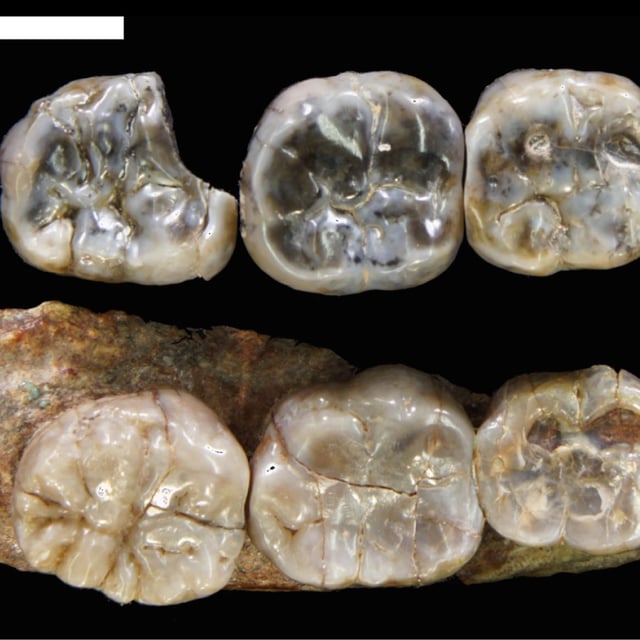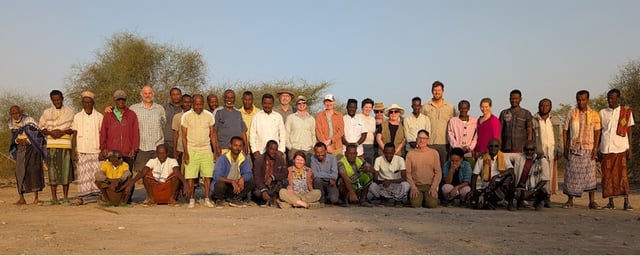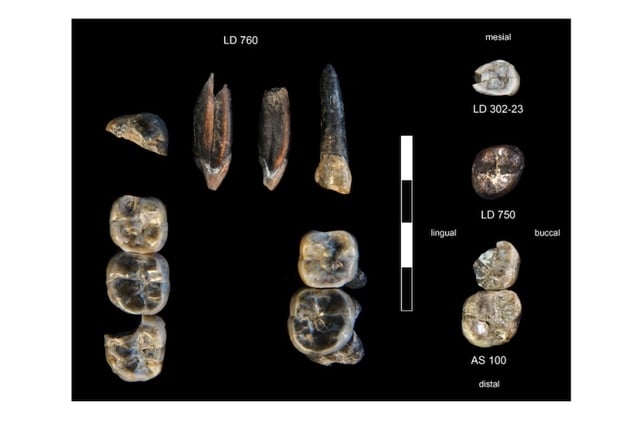Overview
- An international team reported 13 hominin teeth from the Ledi-Geraru site, dated by argon–argon methods to roughly 2.6–3.0 million years, in a Nature paper published August 13.
- Three teeth bear diagnostic traits of early Homo, including specimens bracketing about 2.78 and 2.59 million years, reinforcing the antiquity of our genus at the site.
- Additional teeth attributed to Australopithecus at about 2.63 million years differ from A. afarensis and A. garhi, though the researchers have not named a new species.
- The assemblage indicates early Homo and Australopithecus lived in the same region during this interval, and the authors outline at least four hominin lineages in East Africa between 2.5 and 3.0 million years ago.
- Study authors and outside experts stress that species assignments are provisional, with further excavations and planned enamel analyses expected to test the ecological and taxonomic interpretations.


